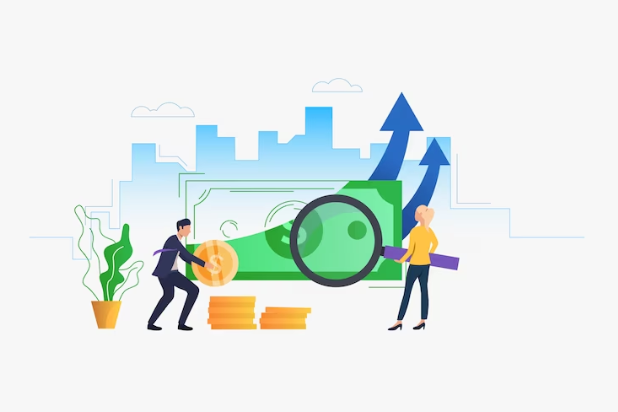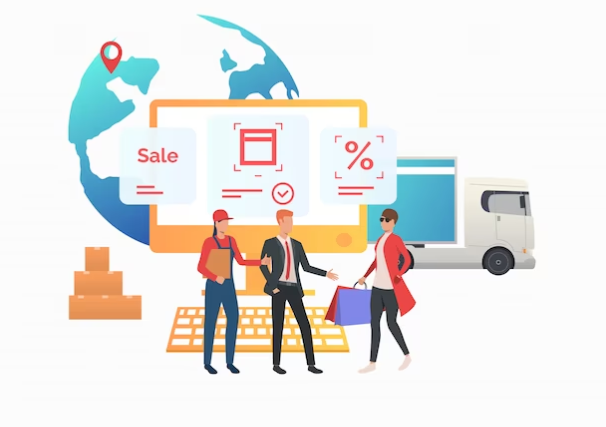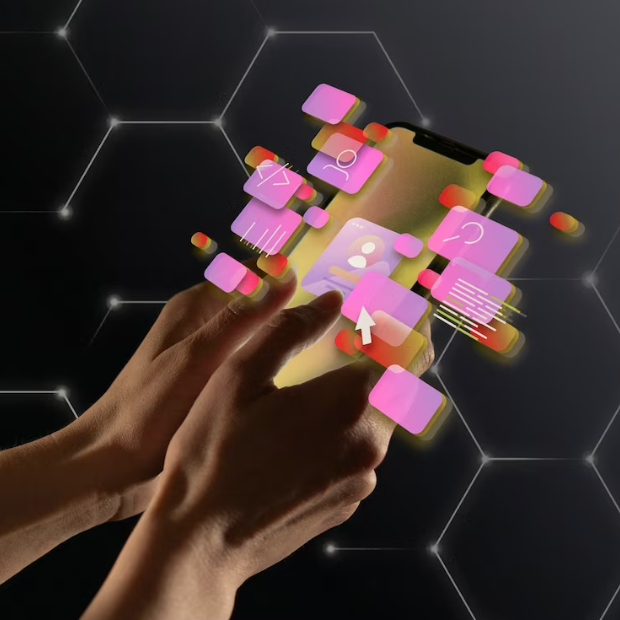Introduction:
Blockchain technology, initially synonymous with cryptocurrencies, has evolved into a revolutionary force with far-reaching implications across various industries. This decentralized and transparent ledger system has the potential to transform traditional processes, enhance security, and redefine the way we conduct transactions. In this exploration of the rise of blockchain technology, we delve into its diverse use cases and the profound implications it holds for the future.
Understanding Blockchain Technology:
1. Decentralization and Security:
Blockchain is a distributed, decentralized catalog that keeps track of transactions over a network of computers. Because of its decentralization, security, and transparency are improved because no one entity is in charge.
2. Smart Contracts:
Self-executing agreements, or smart arrangements, have the requirements of the contract explicitly encoded into the code. They streamline procedures and lessen the need for middlemen by automating and enforcing contractual agreements.
Financial Industry Transformation:

1. Cryptocurrencies:
While cryptocurrencies like Bitcoin brought blockchain to the mainstream, other digital currencies are emerging, each with unique features. Blockchain provides a secure and transparent foundation for these digital assets.
2. Cross-Border Payments:
Blockchain facilitates faster and more cost-effective cross-border payments by eliminating intermediaries and providing a decentralized ledger for real-time transaction verification.
3. Tokenization of Assets:
Assets like real estate and art are being tokenized on the blockchain, allowing for fractional ownership and increased liquidity. This democratizes access to investments that were traditionally reserved for a select few.
Supply Chain Revolution:

1. Transparent Supply Chains:
Blockchain enables end-to-end transparency in supply chains. Each transaction, from production to delivery, is recorded on the blockchain, reducing fraud, ensuring authenticity, and enhancing traceability.
2. Provenance Tracking:
Consumers can trace the origin and journey of products using blockchain. This is particularly crucial in industries like food and luxury goods, where knowing the source and authenticity is paramount.
Healthcare and Identity:

1. Secure Health Data Management:
Blockchain ensures secure and interoperable health data management. Patient records can be stored on a decentralized network, accessible to authorized parties while maintaining privacy and security.
2. Digital Identity Verification:
Digital identity verification may be made safe and impenetrable with the use of blockchain technology. People are in charge of their data, which lowers the possibility of identity theft.
Decentralized Applications (DApps):

1. Decentralized Finance (DeFi):
DeFi platforms leverage blockchain to offer traditional financial services like lending, borrowing, and trading without the need for traditional banks. This opens up economic services to a multinational audience.
2. Tokenized Gaming Assets:
Gaming platforms are utilizing blockchain to tokenize in-game assets. Players can truly own and trade virtual assets, creating new economic models within the gaming ecosystem.
Implications for Governments:

1. Secure Voting Systems:
Voting systems’ security and transparency can be improved via blockchain. Through the use of a tamper-proof ledger to record votes, governments can lessen the possibility of election fraud.
2. Efficient Public Services:
Governments can streamline public services by using blockchain for record-keeping. This can lead to increased efficiency, reduced bureaucracy, and improved transparency in government operations.
Environmental and Energy Sector:

1. Carbon Credit Tracking:
Carbon credits may be tracked and traded using blockchain technology. This open system promotes sustainable activities and guarantees the validity of carbon offset initiatives.
2. Decentralized Energy Grids:
Blockchain enables the creation of decentralized energy grids where consumers can produce, consume, and trade energy directly. This promotes renewable energy sources and reduces dependence on centralized power systems.
Educational Innovations:

1. Credential Verification:
Blockchain can revolutionize credential verification by providing a secure and transparent way to authenticate academic achievements and professional certifications.
2. Decentralized Learning Platforms:
Explore the potential of blockchain in creating decentralized learning platforms. These platforms could empower learners by providing direct access to educational content and credentials.
Challenges and Considerations:

1. Scalability Issues:
As blockchain networks grow, scalability becomes a challenge. Solutions are being explored, such as layer 2 protocols and consensus algorithm enhancements, to address this issue.
2. Regulatory Uncertainty:
The cryptocurrency and blockchain regulatory environment is continuously changing. To promote innovation and maintain financial stability and consumer protection, laws must be clear.
Future Innovations:

1. Interoperability Solutions:
Explore the potential of interoperability solutions. Efforts are underway to create frameworks that allow different blockchains to communicate seamlessly, fostering a more connected and efficient ecosystem.
2. Integration with Emerging Technologies:
Consider the integration of blockchain with emerging technologies like artificial intelligence and the Internet of Things. This convergence could unlock new possibilities and enhance the capabilities of blockchain applications.
Conclusion:
The rise of blockchain technology marks a paradigm shift in how we approach transactions, data management, and trust. Its decentralized nature, coupled with robust security features, has enabled a myriad of applications across diverse industries. As blockchain continues to evolve, its implications for finance, supply chain, healthcare, education, and beyond are becoming increasingly evident.
However, navigating challenges and ensuring responsible adoption will be crucial to unlocking the full potential of this transformative technology. The journey towards a decentralized and transparent future is underway, and blockchain is at the forefront, reshaping the way we interact with the digital world. As we look ahead, the continued exploration of blockchain’s use cases and the development of innovative solutions will play a pivotal role in defining the next chapter of this technological revolution.





